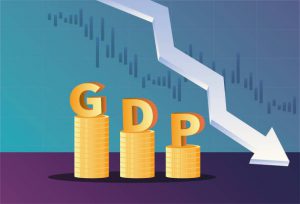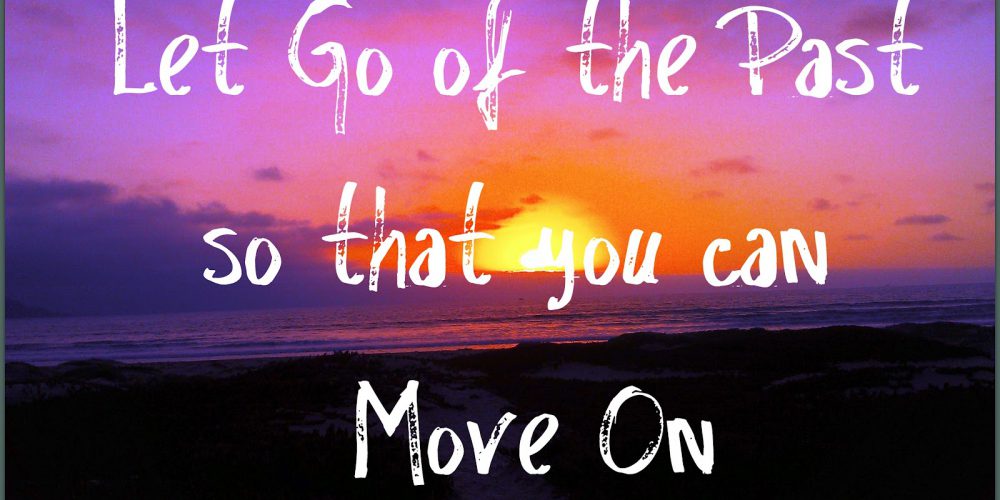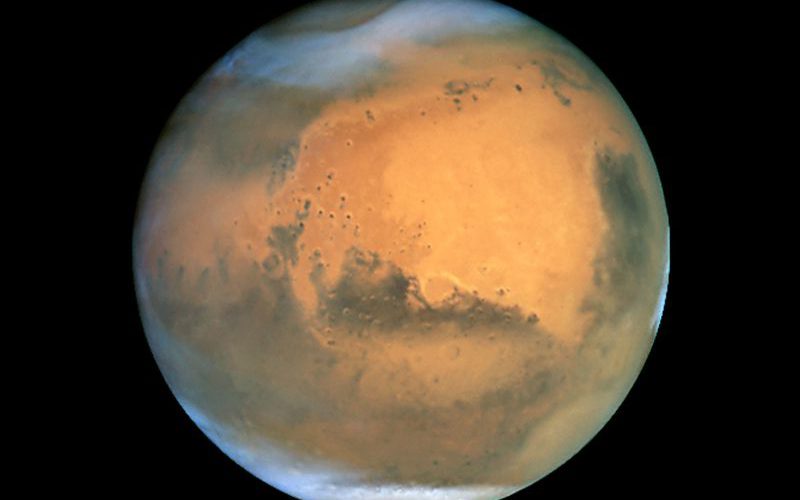How likely is the U.S. to face a recession in 2023?

The media report sometimes that some country’s economy has entered a recession or even a depression. Realizing that this means a significant downturn in the economy of a particular country, not all of us still fully understand the essence of the problem.
What is a recession? And what’s the difference between a recession and a depression?
According to the Federal Reserve Bank, there isn’t a standard answer.
The National Bureau of Economic Research (NBER) has declared a dozen economic recessions since World War II, the latest of which took place in early 2020. While there are a few rules of thumb to consider when labeling a recession, experts note that those rules can be broken.
“The bottom line is there’s not really a concrete definition. Not only for a depression, but even for a recession. It really is subjective,” said Gary Schlossberg, lead wealth investment solutions analyst at Wells Fargo.

But figuring out when a recession becomes a depression ‒ let alone what constitutes a recession in the first place ‒ is no easy task.
A recession is often described by economists as a significant decline in economic activity that lasts more than a few months. Typically, this dip is visible in real GDP, real income, employment, industrial production, and wholesale-retail sales.

But Schlossberg noted that the rules aren’t always hard and fast. NBER declared a recession in the early months of 2020, despite the economic slump lasting just two months ‒ much shorter than the two consecutive quarters of negative GDP growth that are often used to label a recession.
But that two-month slump was “so deep, and so pervasive, that the committee threw out the rulebook and said yes, this was a recession,” Schlossberg said. “So you have to be careful about using that rule of thumb.”
Meanwhile, there’s no standard definition for an economic depression, although it’s usually used to define a severe recession.
At what point does a recession become a depression?
Most analysts say a recession becomes a depression when the GDP decline exceeds 10%.

But Schlossberg said that’s another rule that can “easily be broken.”
For instance, that 2020 drop saw real GDP fall 9.6% from peak to trough ‒ close to the 10% benchmark. But Schlossberg said the dip was so short-lived that “nobody’s talking about the 2020 experience as a depression, even though we came awfully close.”
Was 2008 a recession or depression?
If we’re defining a depression as a period when the GDP falls more than 10%, no.
GDP in the U.S. fell 4.3% from peak to trough during the 2008 recession, according to a website maintained by the Federal Reserve Bank of St. Louis’s economic research division.
Will there be a recession in 2023?
Economists say we’re not currently in a recession, but many expect to see the U.S. enter one.
An April survey from the National Association of Business Economics found just over half of economists at companies and trade groups put the odds of a downturn within 12 months at 50% or less. Forty-four percent said there’s a better-than-even chance of a slump.
“The U.S. economy, we think, is so vulnerable to recession by the end of the year and extending into early 2024,” Schlossberg said. But “based on known unknowns, I would say that the risk of an outright depression is relatively small.”
By Alex Arlander | ENC News






























